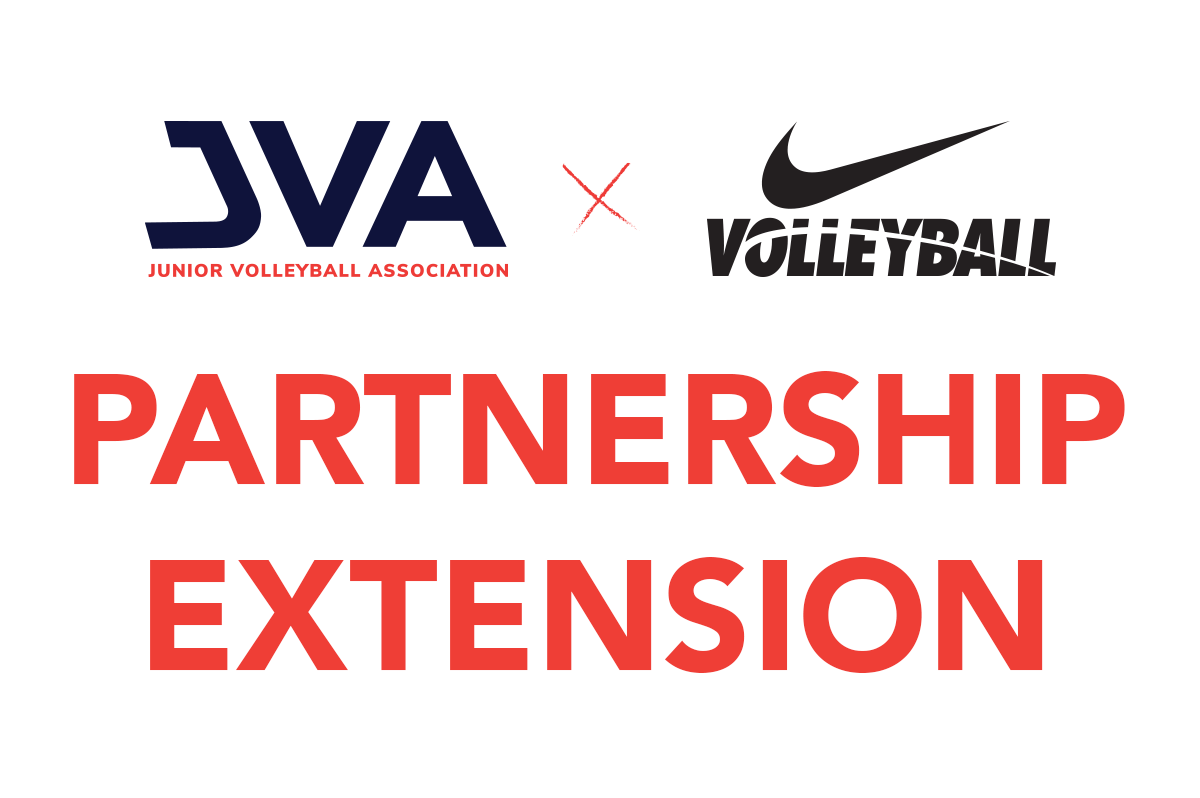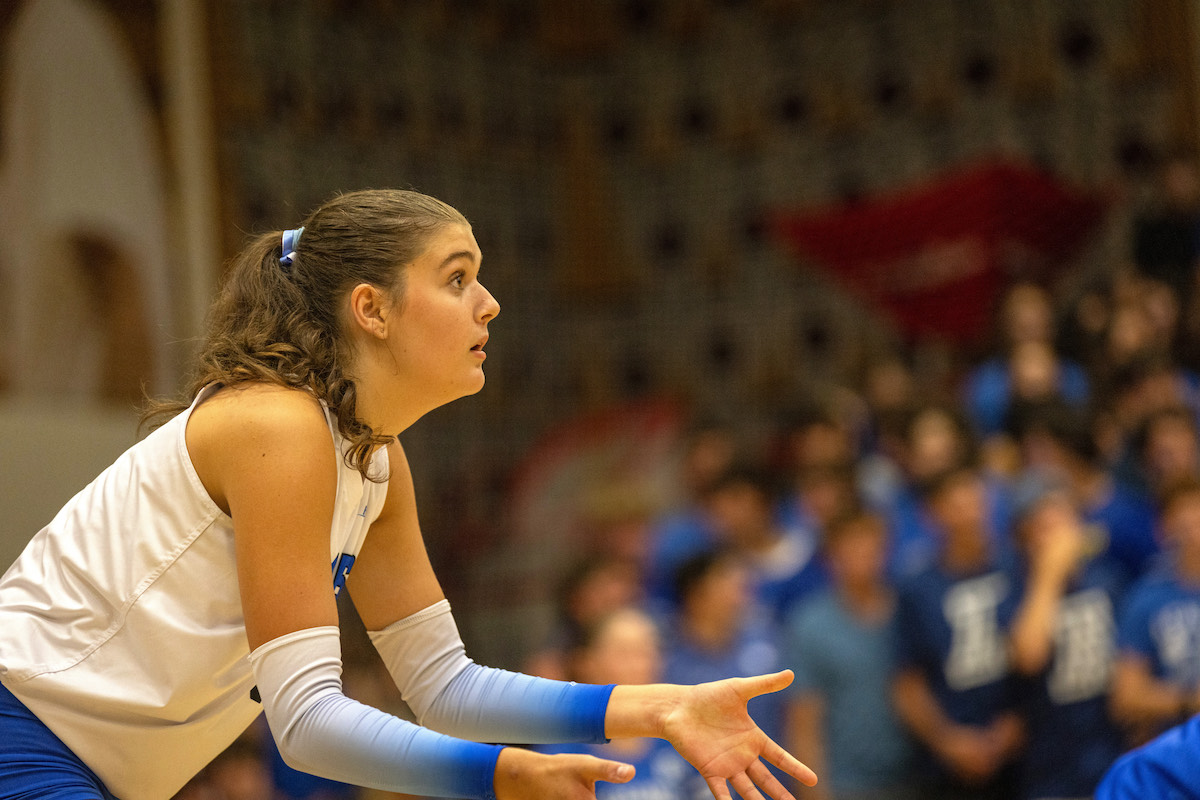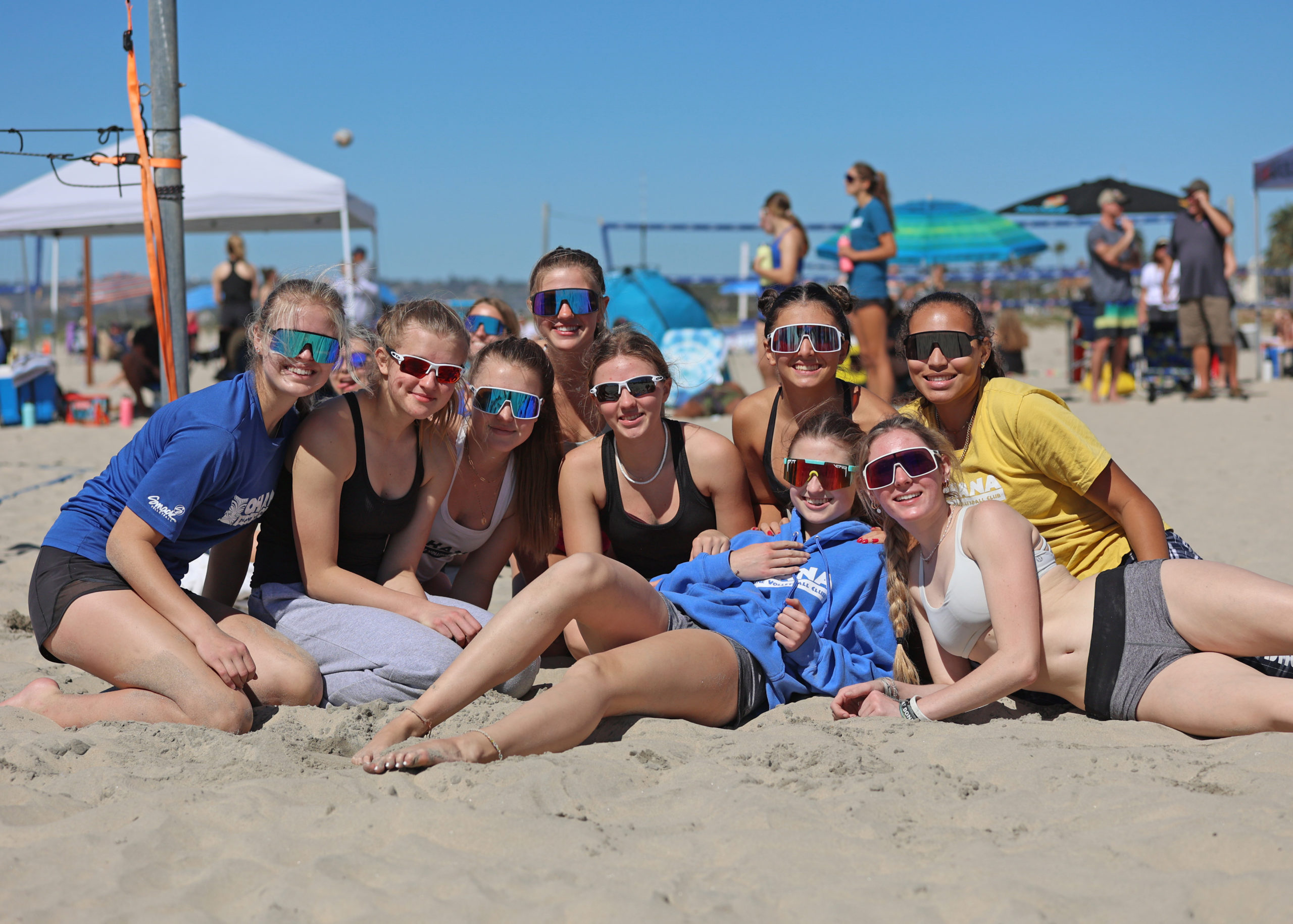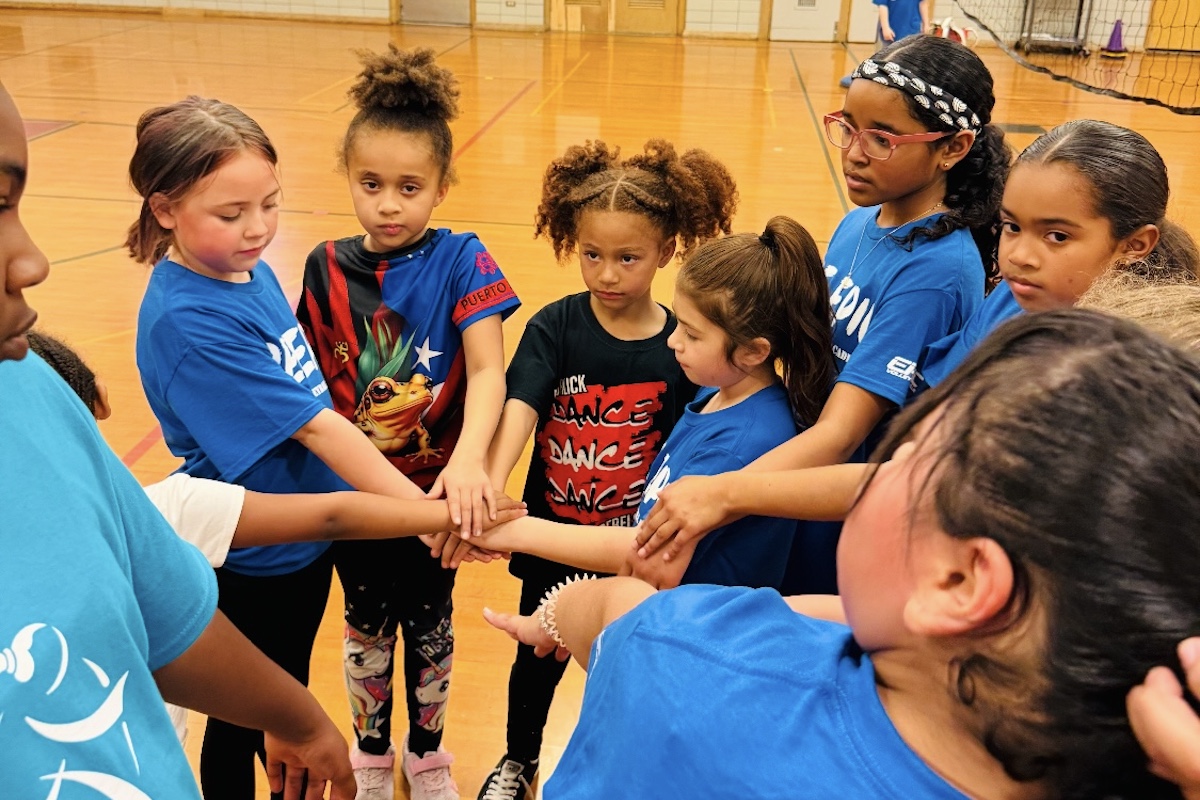Do you ever feel like to-do list for tryouts tends to get longer rather than shorter as you approach the first date? Preparing for hundreds of athletes to enter your tryout system is not for the weak. Here are 10 steps to guide your club staff toward a successful tryout season.
Create the right registration system
Ask the right questions during registration. Simple questions like age, position, and years of experience are certainly important. If you have different divisions/levels make sure to give a checkbox option for athletes to choose which level they are interested in. For some leagues, it may also make sense to ask about carpool preferences. Remember that depending on the age group, it is more important for some athletes to play with friends than to play on the better team.
![]()
Plan facility logistics
You should try to do as much as the work as possible before the athletes arrive at the facility. Do you require a regional membership and waiver for athletes to be able to tryout? Print a list of athletes who have been cleared for tryouts and post the list at the entrance to your facility. Tape the floor with red and green lines. Green lines on the floor (athlete highlighted in green on the list) indicate “all clear”, so athletes marked green follow the green line. Red highlight means there are still documents missing so the athletes will follow the red line. We also pre-print large sticker labels with an athlete’s number, name, and any other information we find important for coaches.
Get super organized
A question I usually get is “how do you teach new coaches and staff what to do during tryouts?” The answer to that is simple. Think about everything that could go wrong and have a plan beforehand. We have videos, manuals, and reminders pre-built for coaches. Before they arrive at the facility they are required to review these and should have a solid idea of how to proceed.
![]()
Pre-determine athletes tryouts stations
If you are using objective measurements at your tryouts (or even subjective) you should be able to predetermine which pool the athletes may fall in at the beginning of tryouts. Refer to the questions you ask during registration to create your groups even before the kids arrive. We use evaluation groups and pools to divide the athletes. The evaluation group is usually the age group they will be trying out for. The evaluation pool is the tryout group the athlete will be part of during tryouts. We found it much easier to place an athlete in a pool with the same coach during the entire tryout process. The coach will then rotate with the athletes through the stations.
Collect data efficiently
I still have nightmares from the first tryouts I ran as a director. Papers everywhere, tons of people entering data, and giving their opinion, followed by endless nights of forming teams. Since then, my goal has been to automate the tryout process as much as possible and the best way I found was through technology. At first, we tried bubble sheets that the evaluators would complete throughout the process. That made the process faster but still required a fair amount of labor. With the advancement of technology, new systems became available and we were happy to find good partners to make our tryout process easier, TeamGenius being one of them. Along with finding the right app/software, make sure you have a reliable internet connection and tablets, and you will enjoy a much less stressful tryout process. This is a small investment for the return you will reap in reduced time and staffing.
![]()
Have a ranking system that you feel comfortable with
It is certain that you will have athletes and parents that won’t be happy with your tryout results. Have the data to provide a solid reason why an athlete didn’t make a team. You will be surprised at how well parents and athletes will react to getting detailed information that makes sense to them. You can always use the opportunity to suggest another program at your organization. There is nothing wrong with that if you are being genuine with your feedback. To keep things uniform, we prefer an objective measurement system. What that means is that we make most of the tryout points based on measurable results versus a subjective evaluation where the evaluator shares an opinion. There are a variety of ways to evaluate the skill and potential of volleyball athletes. Keeping things uniform will allow you to have more control over your process.
![]()
Before you send a team offer
Make sure you run through all of the possible questions that are about to come. Add the answers to the email you are about to send out. A simple solution to reduce communication issues is to create an FAQ page and add the link somewhere visible for parents and athletes to view the information.
Bonus tip: Place the questions and answers somewhere editable by your team, like an editable doc or website. When you place all the important information just in an email and things change, you are forced to keep sending emails every time a new update happens. If you just add the link to an editable document or website to an email, every edit automatically becomes universal.
Send offers as quickly as possible
Everyone is anxious to hear from you and you don’t want to keep them waiting. Create a tryout system that will deliver the fastest and most organized responses when it comes to team formation. We usually send invites within 1 to 3 hours after tryouts are complete. We use a mix of emails and phone calls.
Bonus tip: check with your registration system to see if there is a way for players to be automatically placed on a team when they accept an offer. That will make your life a lot easier.
![]()
Organize offers, declines, contacts
Make sure you document when an athlete accepts or declines an offer, as well as when someone from your club contacts the family to share additional information. Tryouts are a busy and emotional time for everyone. Having a system to document all communication with athletes during the tryout process will eliminate headaches for you. For this purpose, we use online spreadsheets. You could also consider using a Customer Relationship Management software (we use both).
Retain data for future reference
We learned that using the data from tryouts is very helpful to show athletes and parents how much the player has developed throughout the season. If you create a tryout process that correlates with the skills you’d like to see improve throughout the club volleyball season, you can use that data as a baseline for your club.
More tryout education and resources.
About the Author
Rodrigo Gomes is the President/CEO of the Northern Virginia Volleyball Association (NVVA), a JVA member club with more than 2500 athletes ranging from toddlers to seniors. His company Bossa Sports Group specializes in improving operational efficiencies while integrating technology and processes in sports. He can be reached at rgomes@bossasportsgroup.com











